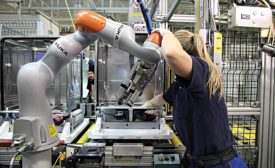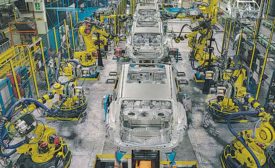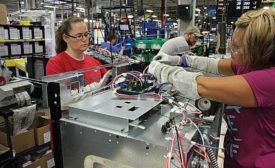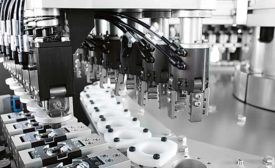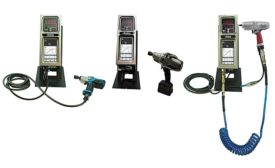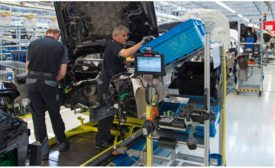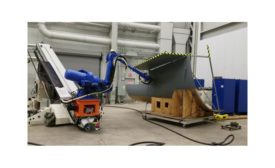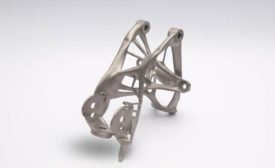Industries
Lightweighting Is Top Priority for Automotive Industry
Lightweighting is the No. 1 challenge facing automotive engineers today
June 7, 2018
3D Printing Holds Potential for White Goods
Additive manufacturing is slowly catching on in the appliance industry
June 5, 2018
What’s New With DC Electric Tools
DC electric fastening tools improve error proofing, quality control and flexibility
June 4, 2018
Never miss the latest news and trends driving the manufacturing industry
Stay in the know on the latest assembly trends.
JOIN TODAY!Copyright ©2024. All Rights Reserved BNP Media.
Design, CMS, Hosting & Web Development :: ePublishing


